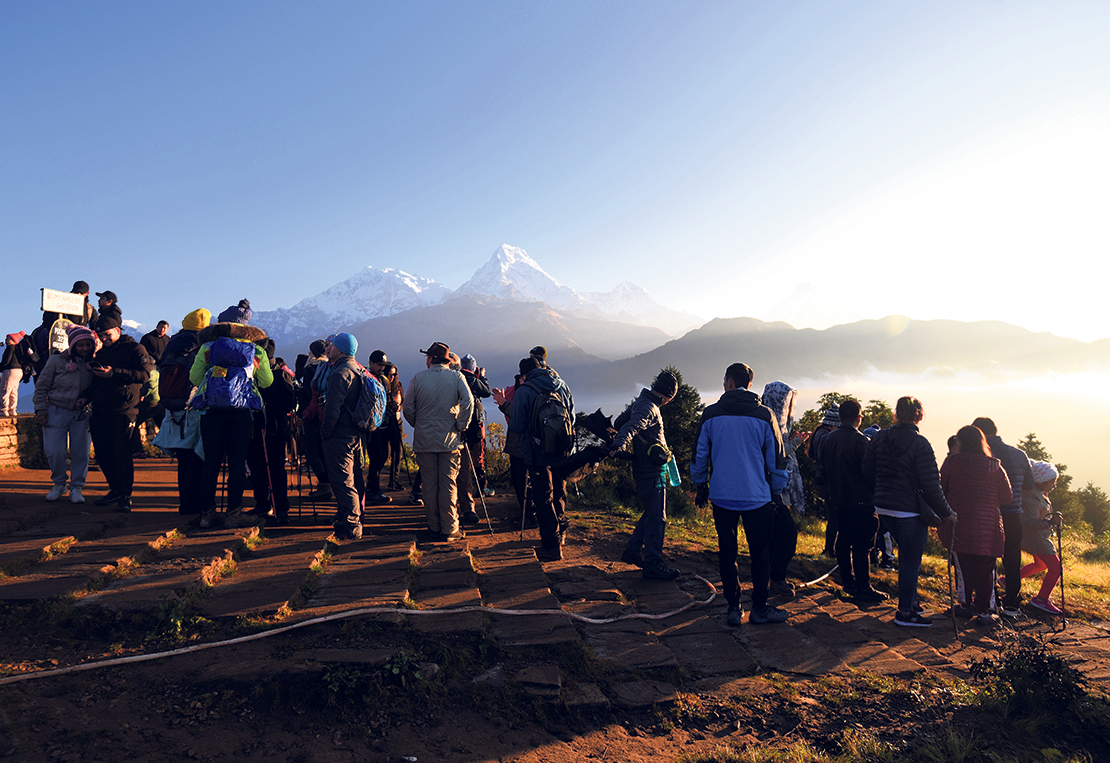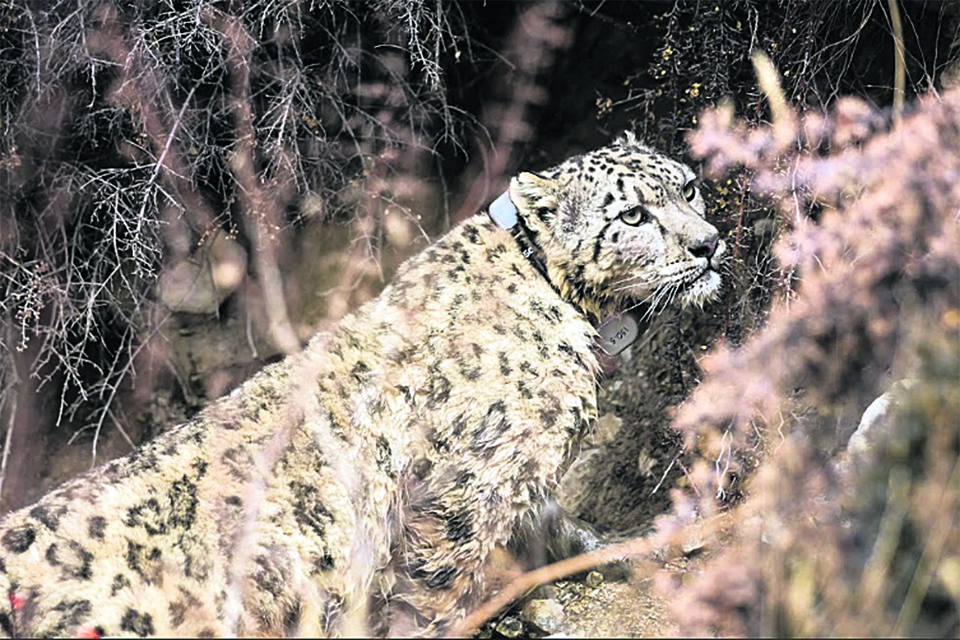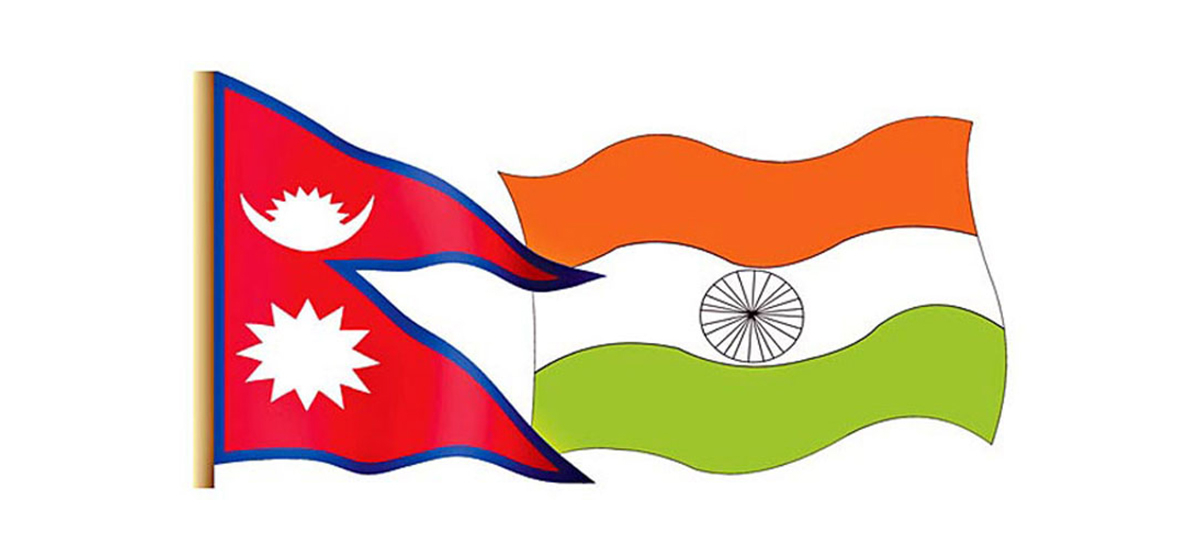
OR
Human trafficking
Twenty-four-year-old Deepa Rai (Limbu) of Arun Tole, Dharan is trapped in Oman. She wasn’t meant to be there. The traffickers who had lured her with a lucrative job offer had promised to take her to Saudi Arabia instead. Once in Oman, she became a virtual slave, forced to work from five in the morning to midnight. The family that employs Deepa also subjects her to repeated abuse, both verbal and physical. The continued torture made ask her family back home to do something to rescue her from what she described were ‘hell-like’ conditions. Deepa is just one of many Nepali women who are believed to have been trafficked via Sri Lanka, a new destination whose lax visa rules has made it a convenient outpost for Nepali traffickers. Deepa had also visited Sri Lanka before she landed in Oman. It was back in June when Nepal government was first tipped off about 22 women stuck in Colombo and it became aware of the new routes of trafficking via Kathmandu-Delhi or Mumbai-Colombo corridors. But by the time a fact-finding team from Nepal had reached Colombo, 14 of the 22 women had already left the Sri Lankan capital for various Gulf countries.
Nepal government has been rather active since the June tip-off. At least 19 woman migrant workers have been rescued by the Nepali authorities in the first week of August from Sri Lanka, according to the Ministry of Foreign Affairs (MoFA). Nepal Police is now working with its Sri Lankan counterpart to control the trafficking of Nepali women via the island state. But so long as these women employ informal channels to go abroad, as Deepa did, Nepali authorities will only be chasing shadows, their attention hopping and skipping among different new conduits for trafficking. But persuading those determined to leave the country for better job opportunities not to go is difficult. For instance Deepa, having already worked in Kuwait, and in a difficult job at that, was fully aware of the risks. But she still chose to dive in. If people are ready to risk it all, there is little the Nepali state can do either to ensure their physical safety or to help them when they find themselves in distress.
The only viable option is thus to highlight the grave risks of travelling through informal channels, perhaps by employing the women who have been rescued from abroad. This will add to the strength of the message. The rescued women, on their part, should be persuaded to inform the police about those involved in their trafficking. They rather tend to hide this information as the traffickers are often close friends or family members. In this globalizing world, when barriers to the movement of goods and people are being torn down, it is unrealistic to expect human trafficking to completely stop. But it can be minimized, through better coordination with our neighbors like India and Sri Lanka, by creating a safe environment for trafficked women to divulge information about their traffickers, by highlighting the untold suffering of relying on informal (illegal) routes, so that other Nepali women looking to work abroad don’t have to suffer Deepa’s wretched fate.
You May Like This

Fixing a win by outlawing dissent damages democracy
The world’s largest elections begin this weekend in India, amid claims that the race to lead the country has already... Read More...

Rain shocks: On the monsoon in 2024
The India Meteorological Department (IMD) has forecast a bountiful monsoon. Rainfall from June-September is expected to be 6% more than... Read More...

Nagdhunga-Sisnekhola tunnel breakthrough: Beginning of a new era in Nepal’s development endeavors
The breakthrough of the Nagdhunga-Sisnekhola tunnel marks a significant leap forward in Nepal's development. For Nepalis who have only traveled... Read More...



Just In
- 16 candidates shortlisted for CEO position at Nepal Tourism Board
- WB to take financial management lead for proposed Upper Arun Project
- Power supply to be affected in parts of Kathmandu Valley today as NEA expedites repair works
- Godepani welcomes over 31,000 foreign tourists in a year
- Private sector leads hydropower generation over government
- Weather expected to be mainly fair in most parts of the country today
- 120 snow leopards found in Dolpa, survey result reveals
- India funds a school building construction in Darchula







_20220508065243.jpg)








Leave A Comment